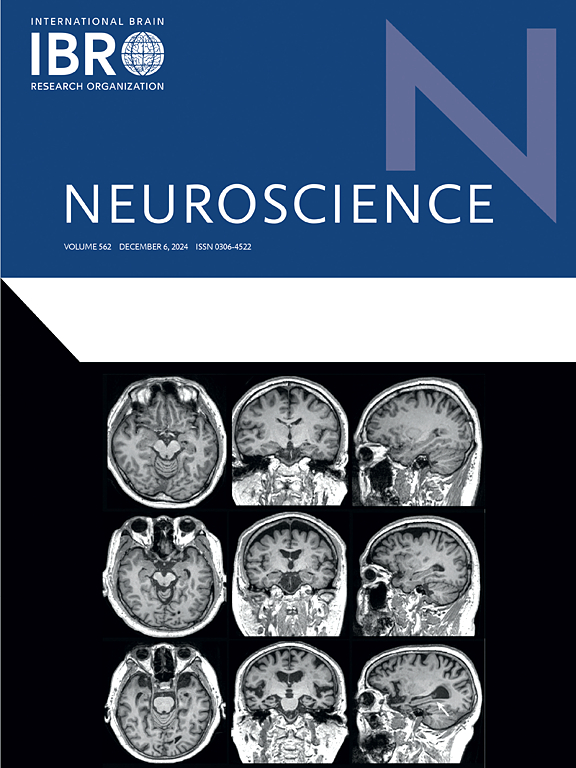通过前庭输入与身体摄动轴的对齐调节步进平衡反应
IF 2.9
3区 医学
Q2 NEUROSCIENCES
引用次数: 0
摘要
平衡反应依赖于感知不平衡来指导恢复反应,尽管前庭反馈在调节这些反应中的作用仍不确定。虽然前庭输入可以改变代偿步骤前的预期姿势调整(McMorran, Bent, and Zettel 2024),但本研究旨在澄清这是否反映了基于前庭的步骤恢复尺度,或者前庭输入是否作为步骤执行前馈控制的稳定性参考。为了研究前庭神经输入对步速调整的影响,通过诱导前向(FGVS)或后向(BGVS)姿势运动的感觉,前庭电刺激(GVS)可以放大或减弱前向步速恢复过程中受到干扰的姿势运动感。前庭神经输入改变对体位、步进运动和再稳定的影响进行了分析。GVS不对称地调节了向前的步伐反应,BGVS在步伐前表现出更大的姿势运动,这是通过向前的稳定性来表明的,而FGVS则诱发了相对于身体更大更快的向前步伐。在踏板落地后,这些差异最终导致GVS方向的稳定性偏差,BGVS的稳定裕度较小,而FGVS的稳定裕度较大。这种稳定性转变在恢复后继续,当重新建立平衡时,会向前移动bgvs,向后移动fgvs。这些结果显示了根据GVS方向的步进恢复缩放,表明基于前庭的代偿步进反应调节。本文章由计算机程序翻译,如有差异,请以英文原文为准。
Modulation of stepping balance reactions through the alignment of vestibular input with body perturbation axis
Balance reactions depend on sensing imbalances to direct recovery responses, though the role of vestibular feedback in scaling these responses remains uncertain. While vestibular input can alter anticipatory postural adjustments before a compensatory step (McMorran, Bent, and Zettel 2024), this study aimed to clarify whether this reflects vestibular-based scaling of step-recovery or if vestibular input acts as a stability reference in feedforward control of step execution. To investigate vestibular input’s influence on step scaling, galvanic vestibular stimulation (GVS) was aligned to amplify or diminish the sense of perturbed postural motion in forward step recovery, through inducing the sensation of forward (FGVS) or backward (BGVS) postural motion. Effects of altered vestibular input was analyzed in terms of postural and step motion and restabilization. GVS modulated forward step responses asymmetrically, with BGVS exhibiting greater postural motion in advance of the step as indicated through forward stability, while FGVS evoked larger and faster forward steps relative to the body. Upon landing the step, these differences culminated as skewed stability according to GVS direction, with a smaller stability margin in BGVS compared to a larger one in FGVS. This stability shift continued post-recovery, with a forward-BGVS and backward-FGVS shift when re-establishing equilibrium. These results demonstrate step-recovery scaling according to the GVS direction, indicating vestibular-based modulation of compensatory stepping reactions.
求助全文
通过发布文献求助,成功后即可免费获取论文全文。
去求助
来源期刊

Neuroscience
医学-神经科学
CiteScore
6.20
自引率
0.00%
发文量
394
审稿时长
52 days
期刊介绍:
Neuroscience publishes papers describing the results of original research on any aspect of the scientific study of the nervous system. Any paper, however short, will be considered for publication provided that it reports significant, new and carefully confirmed findings with full experimental details.
 求助内容:
求助内容: 应助结果提醒方式:
应助结果提醒方式:


